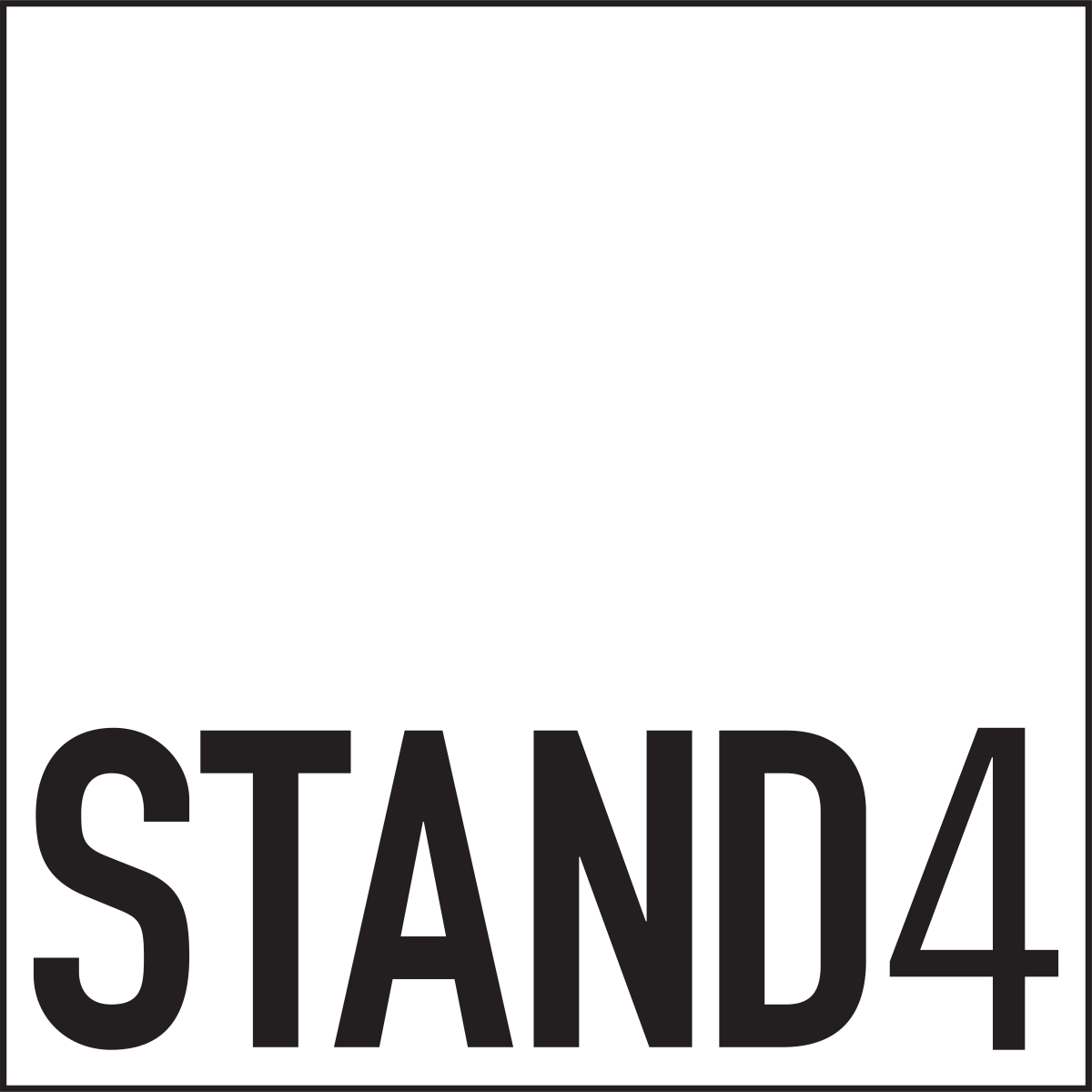Egress: Images of The Recently or Nearly Extinct
by Beth Steidle
February 12 — March 20, 2021
Opening Reception: Friday, February 12th, 7-9PM
DOWNLOAD PRICE LIST
DOWNLOAD ESSAY
EGRESS
Beth Steidle
“This is the Hour of Lead—”, Emily Dickinson wrote. The poem from which this line is taken is the encapsulation of a great, oppressive loss, a state of numbness where “The Nerves sit ceremonious, like tombs—“. If you are reading that, or this, then you know the loss has been outlived.
We are living now through our hour of lead, a mass extinction event that promises to outpace the dinosaurs. We are already sick of that freshly-minted word-of-the-day: Anthropocene. This is a global elegy, an era of homogenization, of sameness and goneness. Predict an ocean brimming with jellyfish, desert mammals with overgrown ears, animals gone nocturnal, and an app to catch the ghosts of the recently extinct.
Yes, storms now surpass their alphabets. Yes, the weather is bigger, more fierce than before. Yes, words must be invented for this season of loss. How many times the headline: Will the human race survive? At parties, we sigh: there’s always Mars.
There are species that are extinct or believed to be extinct or extinct in the wild or functionally extinct. There are animals unsighted for decades, and yet we hold off on formalizing their loss, for some undetermined period of time, with our binoculars and motion-activated cameras, whispering, wait wait wait. There are vulnerable species, threatened species, critically endangered species. Our animals, like our schools, like terror threats, are color-coded. Red, of course, etc.
Of course, there will be moments of scientific brilliance and extraordinary human adoration. Some things will be rescued. Some things will be cloned or bred or hybridized. Brought back from the brink. Wielded like a totem. Every now and then something believed to be gone crawls out from the undergrowth on its own: Lazarus taxon.
With short-sighted foresight, we gather tissues, spores, and eggs for deep-freeze. We grow sheep inside sheep, ibex inside goat. Someone treks across the black slope of a volcano to hand-pollinate a rare succulent. A man becomes an insect for an orchid. Whole teams dress as mama pandas to cradle cubs born from inseminated eggs. Drones lead whooping cranes to their nests. There are reintroduced creatures, rewilded beasts, captive individuals in zoos, in private collections, wait wait wait.
It is easy to care about a panda. Its face seems engineered for our heartstrings, its roly-poly tummy designed for plush toys. They are not easy to save, but we are driven to do so. Yet for every soul-compelling species, there are dozens that are ugly, boring, seemingly inconsequential. There is the Rock cave rat, which lives only in Australia. It is small, nocturnal, and loses its skin, fur, and tail easily. It is difficult to capture, then difficult to hold. It falls apart in your hands. There are snails and mollusks which cannot be drawn, as reference photos don’t exist. There is John Roberts’s “hapless toad,” waiting in the sand with its paralyzing skin, with no known antidote. What is the point in saving these? In the face of a global pandemic, what is a dying beetle worth?
Every day for the past month, I found too many dwindling species and not enough time to draw them. I found a deer small enough to fit in your pocket and a flower that resembles an open wound. I found endlings that had been named: Lonesome George the tortoise, Celia the Pyrenean ibex, Turgi the tree snail, Booming Ben the heath hen, and Martha the passenger pigeon.
When I called my mother in the dead of January, when these drawings were underway, she said: There are songbirds outside that should not be here. Birds in every window. There are winter birds, spring birds, summer birds. Migrations have been suspended. The birds are weather trackers, the birds know what we seem unable to predict. My mother says: Now how will I know when spring has arrived? I think then of the other mother, the one down south, her feeder full of seeds, her curtains open, wait wait wait, the other mother whose windows are empty, for whom winter has not yet begun.
AVAILABLE PUBLICATIONS
